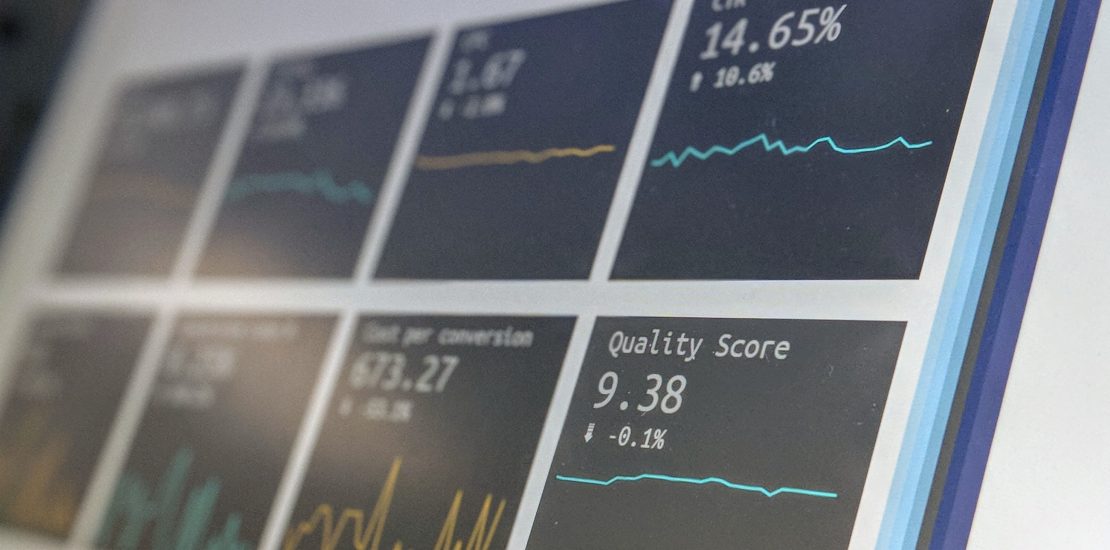Thought Leadership
Why Accounts Payable Automation is Just As Important For SMEs And Smaller Businesses As It Is For Enterprises
January 27, 2021


The COVID-19 pandemic has shocked many businesses into re-thinking how they buy and sell goods and services. While digitisation efforts have been accelerated by many, accounts payable (AP) automation has continued to be an issue that small and medium sized businesses (SMB) have been slow to confront; and, when it comes to AP automation, larger, enterprise-level businesses continue to lead the way.
Automation has rapidly become a way for businesses to drive efficiencies and stay competitive during the current global downturn. Indeed, it is widely accepted that effective accounting and payment processes can have a major impact on the revenue and profitability of a business. With improved management helping to drive down costs and save money. Yet, many smaller businesses still fail to see the connection between saving money and increasing profit. Why is this the case? Is AP automation unobtainable by SMBs? Let’s take a look at some of the factors and preconceptions involved and investigate what can be done about it.
AP Automation will cost the earth and change very little. With Netsuite reporting in their quarterly Business Leaders Survey that spending priorities have shifted from “cut everything” to “invest carefully”, many businesses seem to be slowly starting to come out of their COVID induced hibernation. AP automation has historically been seen as being CAPEX heavy, and SMBs have been understandably been cautious about making such investment.
However, as AP automation technology has evolved, so have the deployment options and business models available to businesses. Many of which are far less capex heavy and work on a subscription-based model. SMEs should ask themselves the following questions before starting their automation journey and engaging with a technology vendor:
- Where do you think your business will be in 3-5 years’ time? Can your chosen platform scale with you, as you grow?
- Does your business experience have peaks and troughs in invoice volume during the year? Does your chosen platform offer a pay-as-you-go type model?
- What could your finance team do with more time? Consider that 72% of finance organizations spend as much as 520 hours per year on manual accounts payable tasks. What is the cost of that level of distraction?
If it ain’t broke, don’t fix it. A report from Inspyrus identified a huge gap in the views of executives and their front-line staff around whether faults existed in their AP processes. While 93% of front-line staff identified several faults, half of C-suite execs thought their AP process worked “just fine”. AP is often seen as a ‘black box’ which serves their business well, by many executive teams. According to MineralTree, 63% of executives believe their vendors are paid on-time, but 52% of those actually processing those payments indicated that their vendors were paid on time.
While many organisations appreciate the problem of late payments, and the knock-on effects it can have on their supply chain, they remain hamstrung by their current systems, practices and processes and struggle to make the necessary changes to ease the issue.
In times of economic uncertainty, where cost reduction and spend control are priorities, SMB’s are overlooking an area that can drive real savings, simply because they lack the data and insight to identify the issue. Start by asking yourself questions like:
- How much time does my AP team spend manually entering data? If you employ smart people, why not let them focus on higher value activities?
- Do you pay your suppliers on time? If not, trying to negotiate with them in times of hardship, while securing your supply chain, is going to be a major challenge
We do not need it. “We only process a few hundred invoices per month, it’s really not that big a job” was one comment I heard recently from a SMB executive. However, a traditional paper-based purchase invoice process consists of several manual activities: the supplier raises the invoice in their finance application; they print it out, place it into an envelope and send it on its way in the post. Their customer receives the post, opens it, and sorts the mail items and enters the invoice details into their accounting system. The manual activities do not always stop there, as the invoice is often photocopied or scanned, with the copy invoice sent around the organisation for approval for payment.
Though it is not just about removing manual activities and the cost savings this will deliver. Automating the process also enables greater control and visibility within the finance function. These benefits have been discussed – and more importantly realised – many times before. But the benefits are realised by both the buyer and the supplier when trading electronically.
AP fraud is also a growing concern. During a recent roundtable of accounting execs, we discussed a sophisticated attempt at invoice fraud in one of their businesses. They are not alone, the ABC recently reported that Scamwatch has received 1,099 reports of business email compromise scams worth $3.7 million in losses. Particularly during the pandemic, AP fraud is becoming a real challenge for businesses.
According to MineralTree, 68% of executives reported that they had received a fake invoice or experienced some other attempted form of payments fraud. AP automation pretty much eliminates invoice fraud, utilising set digital approval workflows, supplier master data cross checks, ABN to supplier name checks and bank account validation – your risk profile can drop dramatically against fraud. In a time when cash is king, businesses need to be certain that they are paying the right supplier. Your business should be asking themselves the following questions:
- What measures do you have in place to ensure that the details on an invoice belongs match those of your supplier?
- How are you managing approvals of large invoice amounts to ensure due diligence?
AP Automation is a must-have in these uncertain times.
2020 has taught everyone the importance of business resilience or the ability to rapidly adapt and respond to business disruptions, safeguarding our people and assets, while maintaining continuous business operations. An out-of-date AP function can have a huge impact on your business resilience, for example your organisation is likely to:
- Be unable to quickly shift your supplier management policies and procedures as social trends change
- Be unable to be able to identify and quickly onboard new suppliers to support evolving business models
- Have a lack of spend visibility and control greatly impacts ability to enjoy financial flexibility to weather future storms
- Be unable to scale the business up or down due to inflexible processes, duplication and fragmented technology landscape.
- Be unable to identify or focus on efficiency improvements
- Have great difficulty to support new business models and products
- Have high value transactional staff being a big retention and replacement risk
Jussi Karjalainen is the Founder and Managing Partner of Valta Technology Group (Valtatech). Valtatech partners with companies around the world to simplify their operations, control their spend and focus on value coming in rather than costs going out. Our team has completed more than 60 financial transformation and Shared Services projects in Europe and Asia Pacific that deliver measurable value. Our difference is to understand your business, match the best technology and implement it to your requirements. We leverage our expertise of best practice, a deep knowledge of successful transformation technology implementation for Procurement automation, AP automation to transform your finance and procurement functions.
This post first appeared as a guest blog post with our friends at PaymentsSource




